A long time ago, between 907 and 1125 a great dynasty reigned over what is nowadays Mongolia and even parts of the Russian Far East, northern Korea and northern China. Lead by Abaoji they became a superpower in East Asia with an empire covering an area of more than 4,000 kilometres. After a few conflicts within the empire, it were in the end the Jurchen people who overthrew the Liao dynasty. Later in the 12th century the largest empire in world history, that of Genghis Khan (1162-1227), was established.
Originally the Liao people had been nomadic people. In the mighty empire the nomadic Khitan-people mainly lived in the north, in the south were the Han-Chinese, mainly farmers and traders. They had separate governments. Their neighbours in the south were the Song-dynasty, the classic China. Very little is known about this period, and much of what we know has only come to light in the past four decades after interesting archaeological finds.

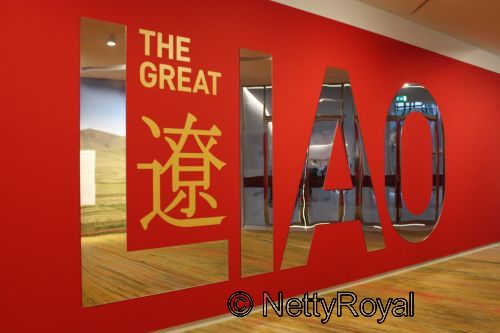
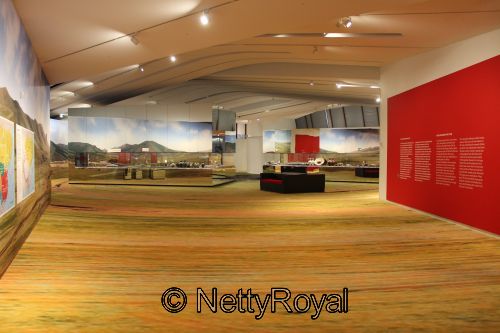
The exhibition in the Drents Museum in Assen, The Netherlands, is about the Great Liao, and shows more than 120 precious objects from the Liao period. Some clearly from the days of the Liao Empire, others from the prominent Zhang family, whose burial chambers were also found – two lovely copies of these chambers can be seen at the exhibition. There is pottery, jewelry, articles of daily use, glasswork, showing the unique culture of the Liao people. For me however the most interesting subject of the exhibition was a princess.
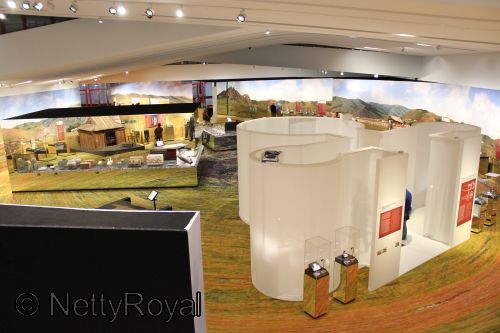
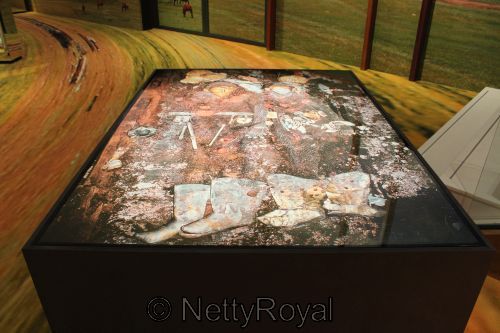
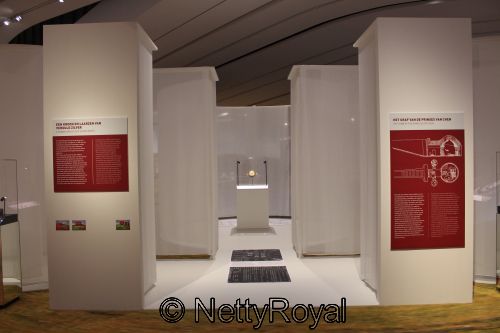
In 1986 a sensational discovery was made by some locals in Qinglongshan, Inner Mongolia. When finding some stairs, they informed authorities. Archaeologists found the untouched grave of a Princess from the Liao Dynasty, the granddaughter of an emperor from the Liao dynasty, Jingzong. The stairs led to the sealed door of an underground tomb, designed to look like her home. The antichamber had round side chambers on both sides. The burial chamber had a domed ceiling, four metres high.
The Princess of Chen died in the year 1018 at the age of only 17 and was given a lavish burial and had a gold funerary mask, a silver wire mesh suit, an amber necklace and wore a crown and gilded silver boots. She was buried together with jade ornaments, glassware, pottery, gold and silver wares, horse gear. She was buried together with her about 30-year-old husband Xiao Shaoju, who died shortly before her, and had been the brother of Empress Rende, who was married to Emperor Shengzong. Sadly a very short life.
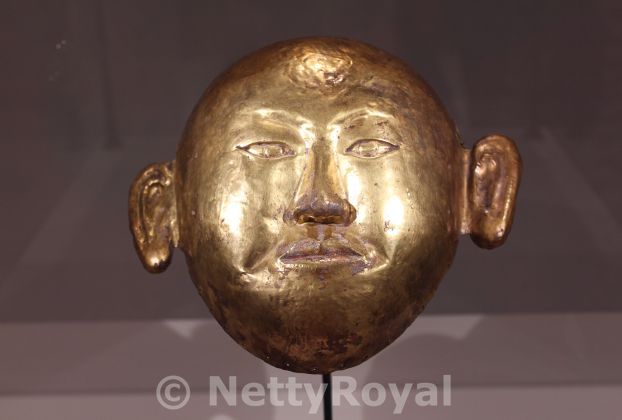
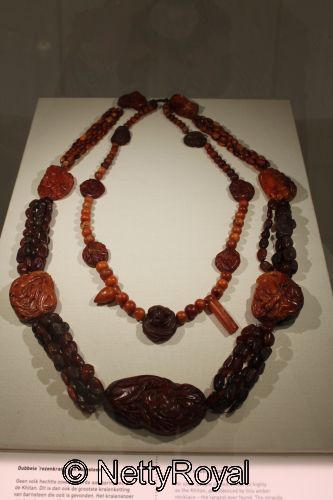
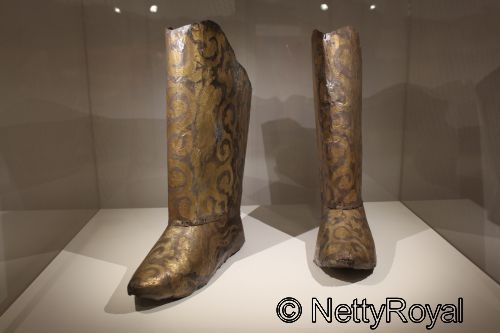
Some items found in the grave are shown at the exhibition, which includes a small “version” of the tomb, made of white clothes. At least the shape seems to be correct. Her gold death mask is on display, as well as several items that were buried with her, including some jewelry and her boots.
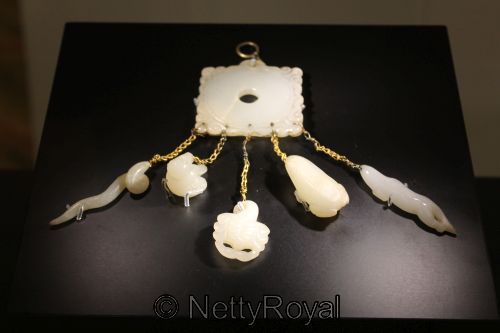
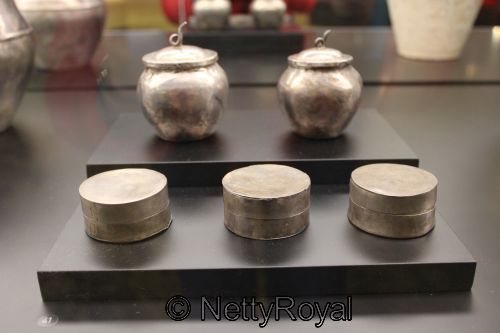
I did enjoy the exhibition and it was interesting to learn a bit more about a dynasty, to be honest, I had never heard of before. The exhibition, of which I was the very first normal visitor, runs from 23 April to 29 October 2017. Opening hours: Tuesday to Sunday 11am-5pm.
